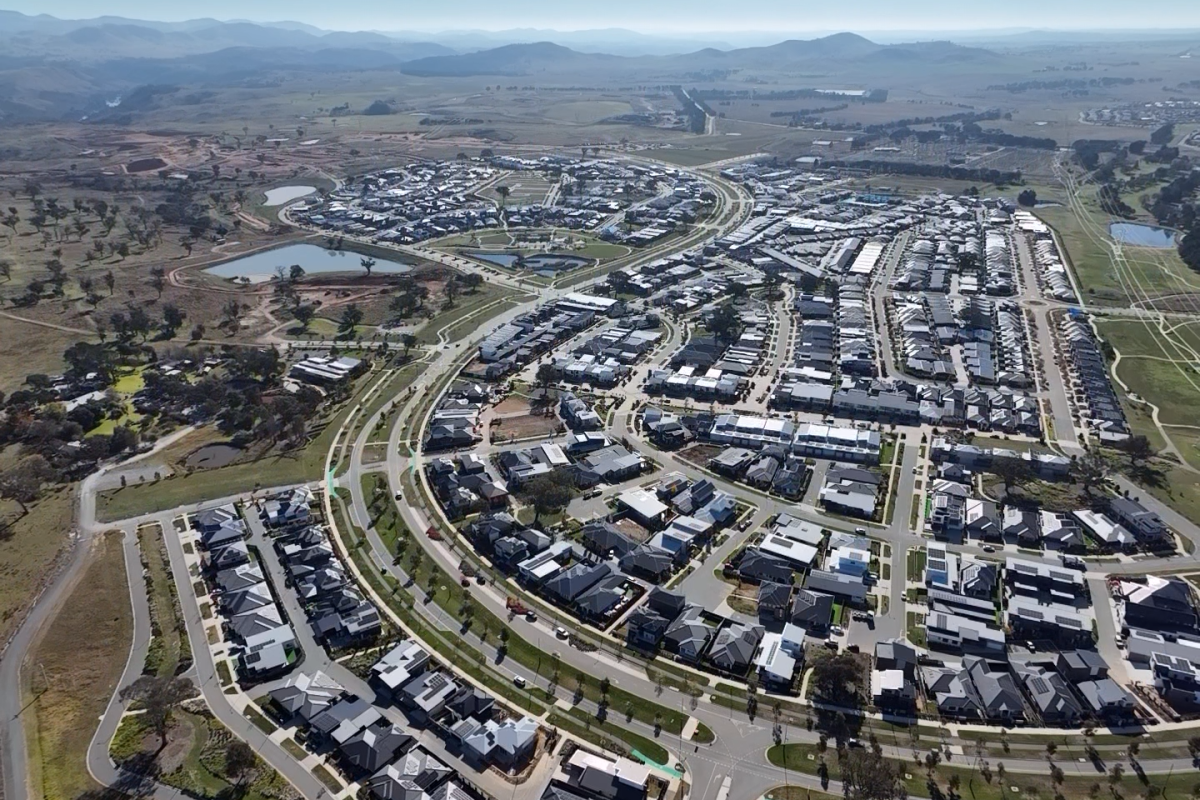The Urban Heat Island Effect: an explainer
The Urban Heat Island Effect. You may have heard the term, but what does it actually mean?
The Urban Heat Island Effect (or UHIE) is the result of the surrounding environment absorbing or reflecting heat during the day. Studies have found that urban (built-up) areas are hotter than natural areas, as the hard surfaces of roads, roofs, gravel and concrete absorb heat from the sun.
As the temperature cools at night, these built-up areas retain their heat and cool down much, much slower than those areas with more trees, grasses and shrubs. This makes these areas hotter during the day. This effect has seen some inner city areas reaching above 50 degrees Celsius in summer – a heat that can be life-threatening!
So, what has Ginninderry done to help improve our UHIE?
Light-coloured rooves have been mandated to help reflect the sun’s heat during the day.
A significant number of trees have been planted that will eventually cover Ginninderry’s roads, preventing them from absorbing so much sun.
Free landscaping is provided for residents’ homes – creating cooler, greener front yards which help cool homes, saving energy costs.
Ginninderry has also kept important tree habitat areas. When the suburb was built, 80% of all existing trees were retained. These areas, or ‘pocket parks’, have different planting treatments under them – some have mown, grassed areas underneath; others have been planted with shrubs or wildflowers. These plantings serve multiple functions: to increase biodiversity, provide habitat for the species who share Ginninderry’s suburbs, cool the surrounding environment, keep people away from trees that might drop branches, and provide a peaceful environment to enjoy.
The water systems of rain gardens, ponds and dams through the suburb also help to reduce Ginninderry’s UHIE. Water is a great cooler! Wind travelling across water cools down much faster than over grassland or hard surfaces. What’s more, areas like Paddy’s Park and Pro Hart Avenue which have large areas of grass are also irrigated, cooling them down even further!
The water that runs into the area’s dams eventually makes its way into the Conservation Corridor, supplying water and habitat for many creatures. Residents can help them by being careful about what they put down the storm water system.
How you can help improve the UHIE?
Small actions can have a big effect – here’s how you can help improve the UHIE in your area.
- Contribute to lowering the air temperature around your home by growing a garden!
- Avoid AstroTurf, gravel and concrete – they will all increase the temperature around your home, meaning your air conditioner will have to work harder to keep your house cool, and it will be less enjoyable in your own yard.
- If you don’t have a green thumb, there are lots of low-maintenance native plants that you could grow as groundcover or small shrubs.
- Invest in a rainwater tank! They collect free water that can be used to keep all of those plants alive and also help to save you money.
- A lawn or even mulch can help keep your outdoor areas, and your home, cooler.



